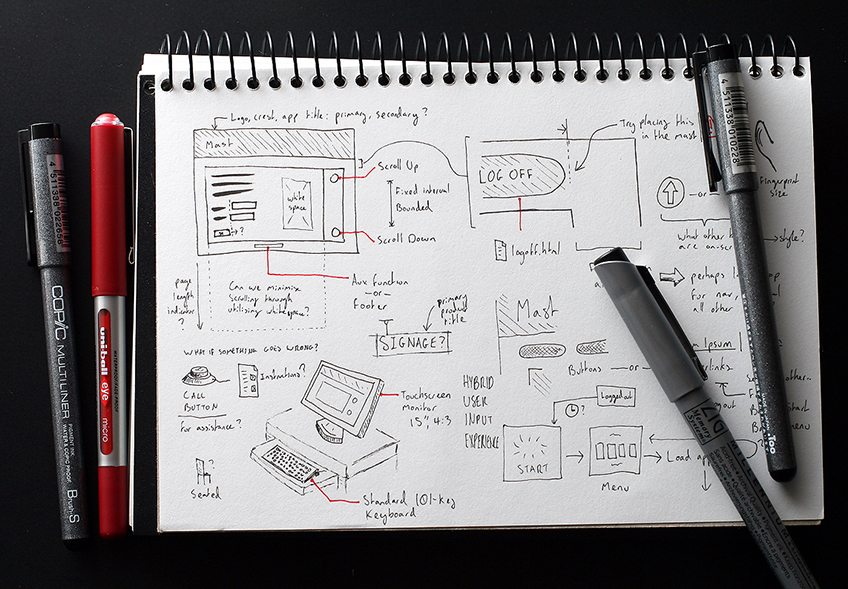How to Spot a Conversion Centric Designer
The biggest nightmare of anyone working with a new web design company is that they’ll redesign their entire website, spend thousands or hundreds of thousands of dollars and the new website won’t be as effective as the old website. If you are upgrading to responsive design from a website without responsive, or if the old website is clearly outdated, then it might make obvious sense – but what about if you’re existing website has things you don’t like, but isn’t totally out-dated?

There’s a chance that your site is ripe for Conversion Rate Optimization, and spotting an agency or a web designer who’s focused on conversions is an art. Consider these 3 ways to spot a conversion-centric designer, so that you’re web design process is built to earn your company customers not just make something pretty and branded.
A conversion-centric designer is constantly focusing on what is working well on a website and wants to look at the conversion rate when looking at a new website
If you get to meeting with a designer who’s about to start working on a site and they ask you for your Google Analytics login, and ask what the main conversion is on the site – that’s a very good sign. The main objective of the site should be on of the centerpieces of your conversations. Do you want contact form submissions? Product sales? Newsletter subscriptions? In what order of importance?
Once you get to the bottom of the prime objectives of the site – it’s important to make sure that your site is tracking those things. Once you confirm tracking is in place then it’s time to look at the current numbers and what’s a reasonable trajectory for growth over the next 3, 6 or 12 months. What have you tried before? What’s worked? A good conversion-centric designer will listen to the history and evolution of the site, take notes on past successes and factor those into their design process.
A conversion centric designer isn’t jumping to redesign all of the time, they are interested in tweaking a website regularly instead
Once you get some of the initial conversations about the site going, there is the inevitable: “do you think we need to redesign,” types of conversations and the answer is not always so cut and dry. What I would worry about is if a designer or a design team jumps on redesign when the site is already decent and potentially should have some testing done instead. A/B tests can allow a team to design a heavily modified version of a homepage and see how it stacks up against the original – and occasionally this approach can be more efficient.
There’s nothing wrong with a redesign mindset, if indeed the designer thought through and asked the right questions – or the website is clearly out of date. Many small to mid-sized business get attached to their website but impartial 3rd parties would say that the website doesn’t look professional.
If key stakeholders are on the fence, the opportunity exists to have impartial 3rd parties look at a site through User Testing, or relatively inexpensive ways to user test online. Often when testing a website, people will cite quality of the design, or out-dated design as a reason they wouldn’t do business with a company.
A conversion centric designer is focused not only on conversions but the quality of those conversions and how they translate into revenue
It’s so easy to get distracted by one ‘Key Performance Indicator’ that’s attractive because it’s so easy to quantify. “We had 20,000 page-views this month!” might be a giant benchmark for a company, and “We had 130 conversions!” might be even a bigger one – but it’s important to take a good hard and unflinching look at how those conversions translate into revenue.
In ‘The Conversion Code’ author Chris Smith says the only two metrics that really matter to him at the end of the day are “gut and growth.” This from a person who gets very granular with his data when it comes to tweaking and helping things convert better. If a designer is concerned with sales, real qualified leads, and true growth – you know you’ve got a keeper. These are the signs of a real conversion-centric designer.







